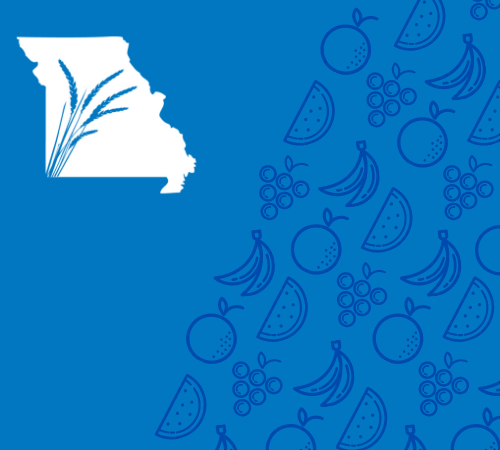Food banks spend time and resources preparing for emergencies. We plan. We simulate and collaborate. We try to ensure that we are ready for the worst scenarios.
There was no way we could have seen COVID-19 coming.
Spikes in demand? Sure, we’ve seen those before. But never as much as 100% jumps in a short period of time. Before, a 4-5% increase would have caught our attention.
Volunteer shortages? Throughout a normal year, there are ebbs and flows to the volunteer force, to be sure. We have never had to completely shut down volunteer rooms for months at a time.
Food supply challenges? That’s everyday life for a food bank. But it is unprecedented for truck loads of food to suddenly jump in price 300-400%. And never has it been so common for a supplier to say, “12 weeks at the earliest.”
So that’s more people needing food that’s harder and more expensive to acquire and unprecedented need for volunteers that currently do not exist.
Welcome to emergency food relief in 2020.
Feeding Missouri’s food banks have addressed these challenges with creativity and a lot of help. Support from business partners like Ameren, American Family Insurance, and many others has enabled us to buy much-needed food.
The way Missouri’s agricultural community has stepped up has truly been inspiring. Missouri Farmers Care, MO Farm Bureau and others have put their own challenges aside to see what they could do to help feed others in need.
The MO National Guard has been a godsend. Their help in establishing mobile food distributions have made it easier and safer to get food in the hands of those who need it quickly. Without their help, our ability to distribute food during this time would have been minimal.
As harrowing as the challenges have been, it’s been equally encouraging to see people stepping up and stepping in to help. Missourians always rise to the challenge. We’ve seen it during floods and tornados and now we’ve seen it during a global pandemic.
As we look toward the holiday season, our hearts are hopeful that the worst of the economic decline is behind us. But don’t be fooled. Increased hunger is here to stay for a while in Missouri. Hunger has always been a persistent problem here. Our food insecurity rates are consistently above the national average. That continues to be the case during this pandemic.
As you look for ways to help, you will see volunteer centers at the food banks reopening. You will start to see more community food drives. And as always, your cash donations will have a tremendous impact on people throughout your community. If you would like to donate, you can here.
The virus’s impact on food banking has been severe and long-reaching. It could forever change the way emergency food is distributed. One thing that hasn’t changed is the compassion Missourians have for our neighbors. It is that shared commitment that will help all of us see this through.

